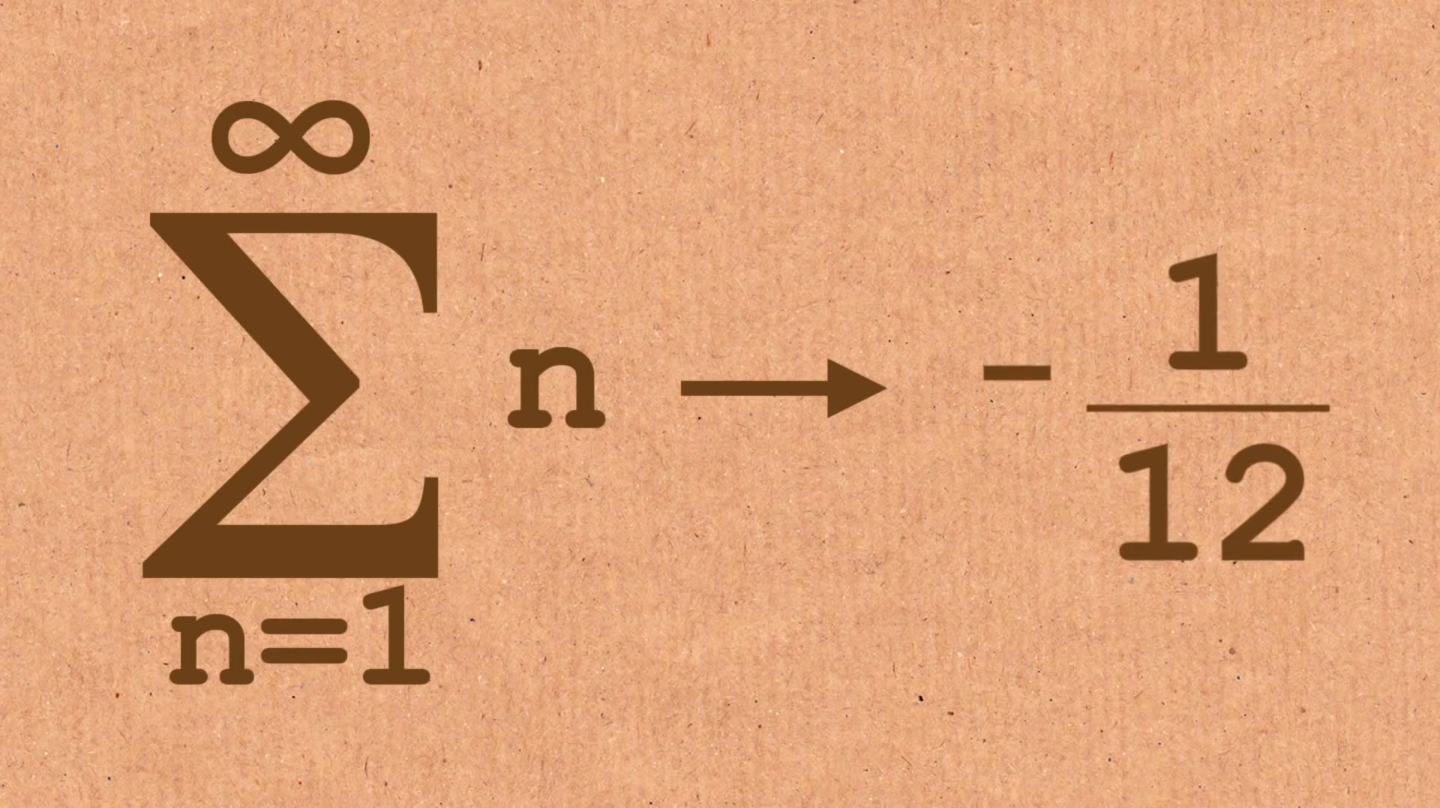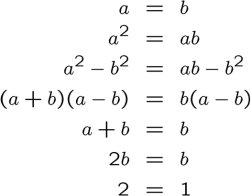 So, how is math discovered? Math is discovered because if we were to eliminate all that humans know about mathematics, mathematics would still be a living, breathing entity that is a part of nature. We can see mathematics in the trees being there's a circumference to its trunk or we can see that the same tree is very tall so it must have a height. How we make sense of these discoveries is why mathematics can be seen as invented because by putting these observations into a language aspect seems to appear as something that someone created, even when the observations have been there all along. It's like saying because a person observed that a tree is tall and they made increments of measurement that they invented mathematics because they simply named a tree's height a measurement. This isn't true that the height was created, as it was there before an individual walked up to it, it's to say that someone claimed the tree to have a relation to the label that the individual decided to slap on it. Mathematics is incorporated into every aspect of life, it's up to humans to discover those aspects and invent a language to convey those findings to others.
So, how is math discovered? Math is discovered because if we were to eliminate all that humans know about mathematics, mathematics would still be a living, breathing entity that is a part of nature. We can see mathematics in the trees being there's a circumference to its trunk or we can see that the same tree is very tall so it must have a height. How we make sense of these discoveries is why mathematics can be seen as invented because by putting these observations into a language aspect seems to appear as something that someone created, even when the observations have been there all along. It's like saying because a person observed that a tree is tall and they made increments of measurement that they invented mathematics because they simply named a tree's height a measurement. This isn't true that the height was created, as it was there before an individual walked up to it, it's to say that someone claimed the tree to have a relation to the label that the individual decided to slap on it. Mathematics is incorporated into every aspect of life, it's up to humans to discover those aspects and invent a language to convey those findings to others.So, then how is math invented? Simply put, mathematics is invented by the way we describe it formally. When someone first discovered the usage of mathematics, they weren't sure what to call it except for something they decided was a good label to mark it as. From there, mathematics was experimented with and new aspects soon were discovered and put into an invented language form so that others could understand the complexities that go along with mathematics. By discovering aspects that were deemed true by means of proof, humans were able to invent a set of rules that work for all means of possibilities with a given property. Going back to the tree example, it is clear that a tree would have its height no matter what, but as said before, humans only placed a relation label on the tree's height to make sense of its relation to other things we can relate the tree to. For example, the use of an invented form of measurement can be used to make sense of how big the tree is compared to a human being or another tree perhaps. The language of mathematics was invented, not the nature of mathematics.
Some people may say that mathematics cannot be both discovered and invented. How can something be discovered if we simply made it up and called it an invention? Inventions, on the contrary, are discoveries in themselves. However, inventions are not discoveries. This can be tricky because the relationship does not go both ways. To invent something means that one made a discovery to create a new object or idea. However, one does not invent a discovery, unless someone is making something up that is false or hasn't been proven. A discovery itself, by definition, is "the action or process of discovering," and discovering is "find (something or someone) unexpectedly or in the course of a search." When one invents something, they aren't simply gazing upon the object or idea and simply it is there. No mathematician walked up to an object when mathematics was first discovered and thought "so this is math." No, they had to see the discovery and then invent a language to convey this discovery. An invention requires building or creating something which is why the language of mathematics is invented and the nature of mathematics is discovered. (Google)
Sources:
https://www.google.com/search?q=definition+of+discovery&ie=utf-8&oe=utf-8
https://www.google.com/search?ei=LCILWuuhF4zIjwTq7ovABA&q=definition+of+discovering&oq=definition+of+discovering&gs_l=psy-ab.3..0j0i22i30k1l2.50260.50978.0.51279.4.4.0.0.0.0.176.559.0j4.4.0....0...1.1.64.psy-ab..0.4.555...0i67k1.0.j0ihrPeNmeE
Images:
https://wonderopolis.org/_img?img=/wp-content/uploads/2014/06/dreamstime_xl_19206361-Custom.jpg&transform=resizeCrop,720,450
https://openclipart.org/image/2400px/svg_to_png/263892/Colorful-Natural-Tree.png
https://az616578.vo.msecnd.net/files/2016/09/07/636088716923509308-1951112735_Debate-debate-22744126-1167-854.jpg




